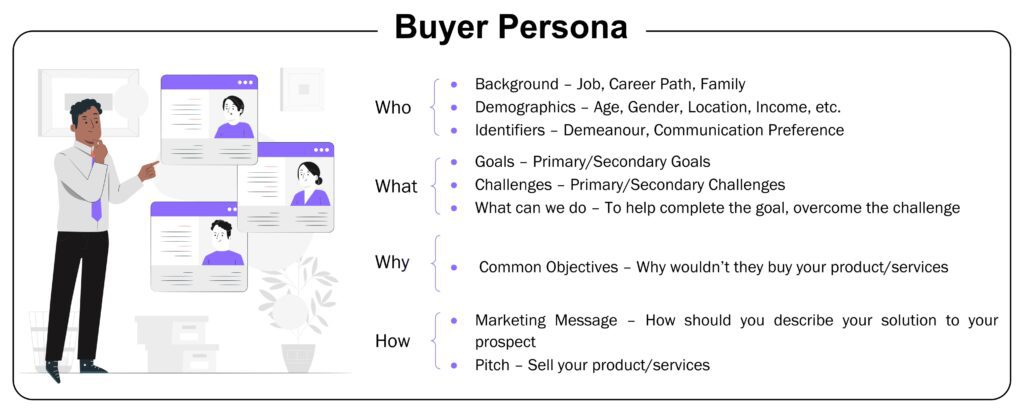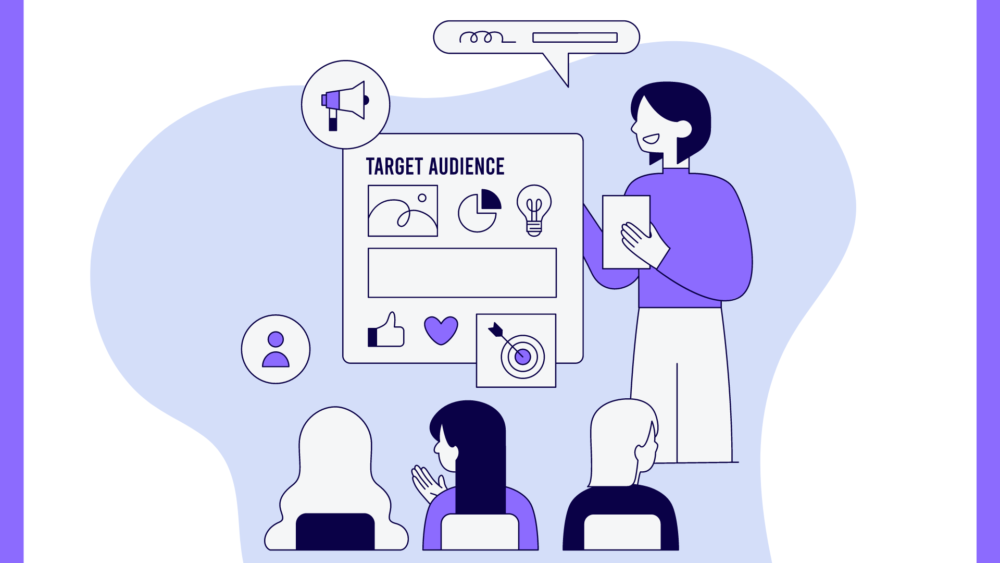In the ever-evolving landscape of marketing, one truth remains constant: understanding your audience is paramount. Effective marketing hinges on the ability to connect with your target demographic, resonate with their needs, and ultimately, influence their behavior. This article delves into the significance of audience understanding, explores various methods to gain valuable insights, and highlights the undeniable benefits it reaps for businesses.
Table of Contents
Understanding Audience is Essential
Imagine crafting a message in a bottle and casting it adrift at sea, hoping it finds the right recipient. That's akin to marketing without understanding your audience. Without a clear target, your message may reach irrelevant demographics, leading to wasted resources and minimal impact.
In contrast, audience-centric marketing is a targeted approach that builds a bridge between your brand and the individuals most likely to benefit from your offerings. By understanding their wants, needs, and pain points, you can craft messaging that speaks directly to them, fostering a sense of connection and trust. This targeted approach translates into:
- Increased Brand Awareness: When your message resonates with your audience, they are more likely to remember your brand. Targeted marketing placements and messaging will ensure your brand is seen by the right people, at the right time.
- Improved Customer Engagement: Understanding your audience allows you to tailor your content and interactions to their specific interests. This fosters deeper engagement, encouraging them to actively seek out your brand and participate in conversations.
- Higher Conversion Rates: By addressing your audience's challenges and presenting solutions that align with their needs, you are more likely to convert them into loyal customers.
Effective Audience Research Techniques
So, how do you unlock the secrets of your target audience? Here are some key research techniques that will illuminate their desires and motivations:
- Market Research: Market research provides a wealth of data about your target market. Utilize industry reports, competitor analyses, and consumer trend reports to gain a comprehensive understanding of the broader landscape.
- Audience Surveys: Conduct surveys tailored to your target audience. Gather their opinions on your brand, industry trends, and competitor products. Open-ended and multiple-choice questions can reveal valuable insights into their preferences and challenges.
- Social Media Listening: Social media platforms are a treasure trove of customer sentiment. Leverage social listening tools to track brand mentions, analyze online conversations, and understand the language your audience uses. This unveils their interests, concerns, and how they perceive your brand relative to competitors.
- Website Analytics: Website analytics tools provide a wealth of data on user behavior. Analyze which pages are most visited, how long users stay engaged, and user demographics. This sheds light on user preferences and content effectiveness.
Building Buyer Personas

The information gleaned from your research efforts should be synthesized into a comprehensive buyer persona. A buyer persona is a detailed profile of your ideal customer, encompassing demographics, psychographics (values, interests, and lifestyles), and behavioral patterns.
By creating buyer personas, you gain a deeper understanding of your audience's:
- Challenges and Pain Points: What are the specific problems your target audience faces? What are their frustrations and unmet needs?
- Goals and Aspirations: What are they hoping to achieve? What motivates them?
- Media Consumption Habits: Where do they get their information? What social media platforms do they frequent? What type of content do they consume?
Crafting Compelling Content
With a buyer persona in hand, you can create content that speaks directly to your audience's needs and interests. This could include:
- Blog Posts: Develop blog posts that address your audience's challenges and offer solutions aligned with your brand's offerings.
- Social Media Content: Craft engaging social media content that aligns with the platforms your audience frequents and the type of content they consume.
- Email Marketing: Segment your email list based on buyer personas and deliver targeted email campaigns that resonate with their specific needs.
- Video Content: Develop video content that educates, entertains, or inspires your audience, addressing their pain points and showcasing your brand's value proposition.


